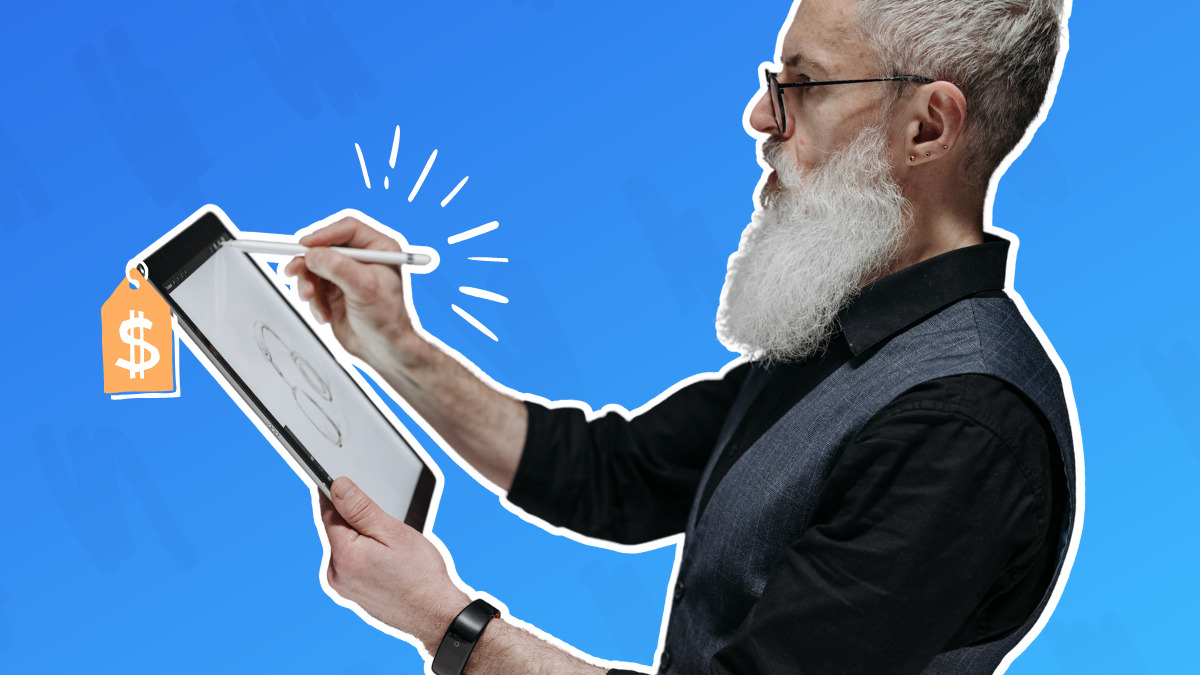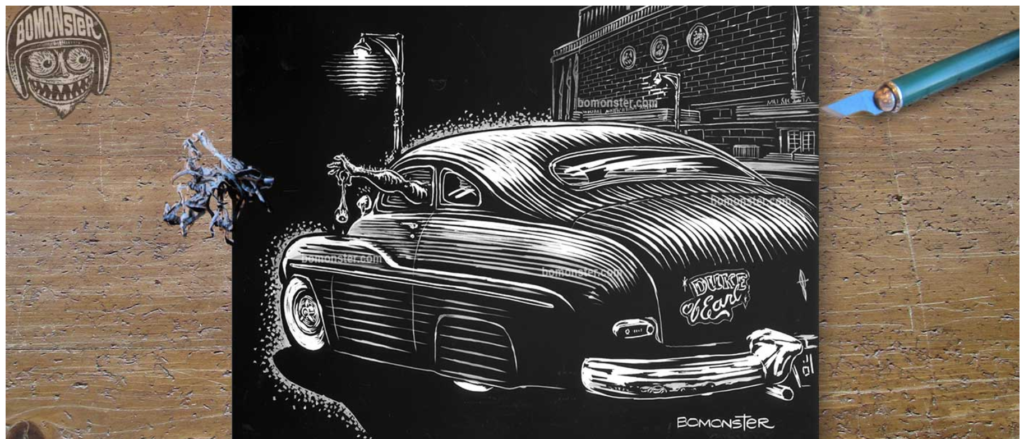
Many of us love art. We love collecting it, viewing it, even buying it. Follow the numbers, and you’ll see that art hasn’t gone anywhere; it’s just a bit more digital than it used to be.
Maybe “a bit” is an understatement.
Digital art sales have skyrocketed in popularity since 2020. Online art sales were hovering just under $5 billion before the pandemic. Then they skyrocketed to $7.8 billion the next year and over $13 billion last year.
A bigger digital art market means more opportunities for digital sellers. But that still leaves a challenge for aspiring artists.
Now, they’ll have to learn the new skillset of digitization. What are the prerequisites to building a following online, and which platforms should you use to help build your audience?
Selling digital art on platforms
Platform selection starts with a simple question: what do you want to sell? What is your chief medium?
Computer graphics? Crypto art? Digital paintings? Physical art you digitize?
If your medium is digital photography, your platform will be different than if you select mixed media. That’s why you shouldn’t pick a platform until you know what it is you want to sell.
Once you do, you can browse through the most popular art platforms online:
- Bēhance is a top art platform for both discovering and sharing creative artwork. Design, photography, and videographers all call it home. It’s great for artists who monetize, as it doubles as a platform for selling tutorials and customized art services.
- Art Station also features a robust marketplace of visual artwork, as well as a shop for buying and selling prints. It trends toward pop culture artwork like games, movies, and other media.
- Dribbble comes in on the professional side of things. If you fancy yourself a professional creative designer or branding expert, it can be a great place to put your portfolio.
- Deviant Art features the largest online artwork gallery of all. It doubles as a portfolio and a place to buy or sell digital artwork.
Of course, you can also use platforms like Etsy, Design Cuts, and Red Bubble to sell your designs in other forms, like physical merchandise.
The most important issue here is finding the platform that matches your interests. That’s where you’re going to meet your audience.
Want to make the most of the platform you choose? Here are some tips for getting started:
- Build up a strong portfolio. You may even have to do work for free. But many art lovers will browse these platforms looking for artists with strong portfolios. You may know your potential, but your audience won’t see it unless you can demonstrate it in a tangible portfolio.
- Buy your own domain. If you plan on making selling digital art a long-term thing, you’ll need your own audience. You can ultimately use platforms like DeviantArt to build attention—but a domain as the home of your personal brand.
Once you’ve explored a bit and built up a name for yourself, you can also consider building your own monetized community.
Platforms like Patreon or Buy Me A Coffee are useful for artists who want a “patron”-like experience. You can create customized art giveaways and other exclusives to encourage this audience to provide you with the steady income you need to continually reinvest in your work.
Promote your art
Once you’ve planted your flag, the next step is simple.
You need people to look at it.
Simple as it is, executing this part of the “selling digital art” blueprint can take a while. For instance, you may work on your art for years before you find it gaining any sort of traction.
But as you develop as an artist, there are a few things you can do to promote your work and earn a living online. Let’s look at a few of them:
- Sell NFTs, or digital art as NFTs. Non-fungible tokens were a major part of what skyrocketed digital up to new heights in 2020 and 2021. People like these because NFTs are like buying artwork along with its “receipt,” making them exclusive owners. You can promote your artwork by creating NFTs that draw attention to everything else you’re doing online.
- Offering commissions. Many of the digital platforms above, like Dribbble, are great for both planting a flag and developing your portfolio. As you offer custom commissions to clients, you can create artwork that eventually builds word-of-mouth for what you do. In the meantime, you’re hard at work—but you’re also earning income.
- DIY How-To videos. Ever watch a sped-up watercolor painting video on TikTok? Or follow someone on Instagram because you saw their behind-the-scenes story as they created a digital art piece? Then you know the power of “How-to” videos to attract more eyeballs to your work.
- Social media communities. Some people are looking for artists like you; you just have to know where to find them. Identify social media communities (like r/Art on Reddit) where people want to see what you’ve put together. The key here: always add value, rather than ask for subscribers or followers.
It doesn’t hurt to have your own community, either.
Take the example of BOMONSTER. BOMONSTER’S art uses a scratchboard, where he takes an Xacto blade to a blackened board to scratch out the white highlights underneath.

It’s a perfect match for his chosen audience: hot rod, truck, and motorcycle fans.
BOMONSTER had digitized his artwork early on, but found that his chosen method (PDF attachments in emails) was only landing him in his customers’ spam folders.
Instead, he used AWeber to create sign-up forms and capture his customers’ email addresses for his newsletter.
And he isn’t afraid to “pitch” himself, either. If you’re working on your first 100 subscribers, you may have to do the same. BOMONSTER’s AWeber form highlights the types of emails he sends, including a section on “What makes my art different.”
There, he offers visual examples so people who are interested get a preview of the art. Whether he knew it or not, he was following many of the steps you just read—building a portfolio and a following over time.
He’s upfront (yes, he is trying to sell you art), but seamless when it comes to making sales. He uses AWeber’s features that can turn emails into miniature galleries so people can browse the prints.
Selling your artwork online
If you don’t know where to start, pick one of the platforms and start building your presence with the “borrowed” audience that comes with it.
Over time, as you build your portfolio, you can start highlighting your artwork on your own website—which should include a landing page with AWeber that lets you promote yourself, capture audience attention, and begin building a supportive community.
The post How to sell your digital art: The key steps to success appeared first on AWeber.
from AWeber https://ift.tt/SYTguo6
via IFTTT
No comments:
Post a Comment